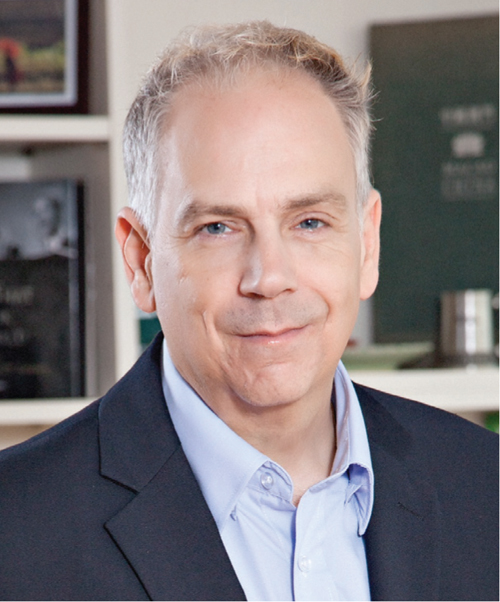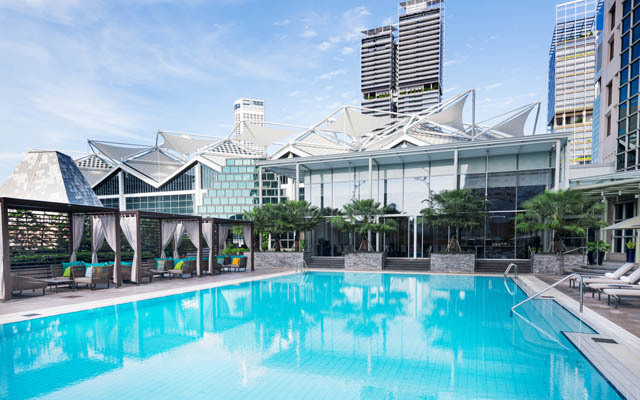Remember these faces, for each of them is doing something worth taking note of in the months ahead
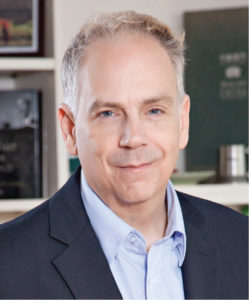
Mario Hardy, CEO, PATA
What he’s done
Taking over from loud and unmissable Martin Craigs in November, he has – literally – big shoes to fill. Yet listening to the soft-spoken Hardy share about his plans for the 60-year-old association, one immediately comes away thinking this guy is sharp, but also extremely down to earth. In other words, he has substance. No stranger to the industry, Hardy has been working in travel for nearly 30 years, while living in Asia for over a decade.
Why he’s worth watching
While one of his top priorities is to ensure the non-profit doesn’t see red ink in its balance sheet for next year, more efforts will also be channelled into the online space.
Drawing from his own experience of running popular coffee blog Map2Cafe, Hardy has already gotten the ball rolling on a number of digital initiatives such as a new and improved PATA.org as well as a sustainability-focused website.
Further down the line, Hardy also wants to relook at how membership is structured, adopting a tiered model where members pay according to the benefits they get rather than what industry category they belong to.
By Gracia Chiang
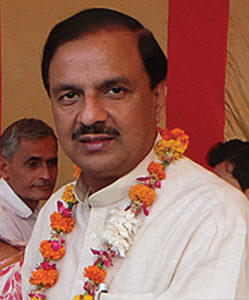
MAHESH SHARMA, Tourism minister, India
What he’s done
A doctor by profession, the first-time member of the Indian Parliament was appointed as the new minister of state (independent charge), tourism, culture and civil aviation in November.
Sharma announced soon after assuming office that the safety of tourists would be one of his priorities. As a first step, he ordered that tourist taxis must install electronic chips to track their movement. He also said that the government would introduce a helicopter service in the Buddhist circuit and facilitation centres for foreign tourists at all international airports.
Why he’s worth watching
It will be interesting to see how his ministry leverages the much anticipated e-visa system that has been rolled out for citizens of 43 countries. Launched last month, the scheme is expected to simplify the visa application process, with visas being offered within five days after online submission.
Sharma is also expected to soon begin an aggressive cleanliness campaign for all tourist sites in India, as well as implement measures to promote medical tourism.
By Rohit Kaul

JAIME BAUTISTA, President and CEO Philippine Airlines
What he’s done
In October, Bautista returned to Philippine Airlines (PAL) after tycoon Lucio Tan bought back 49 per cent of the flag carrier, which was sold to San Miguel Corp (SMC) two years ago.
Credited for steering PAL during its most turbulent past out of financial rehabilitation and receivership, it’s going to be a bumpy ride even for Bautista who’s mapping out a new direction to bring PAL back to profitability.
Why he’s worth watching
Bautista’s most immediate concern is the review of PAL’s refleeting programme which, under ex-president and COO Ramon Ang, included the purchase of at least 54 new aircraft and is likely to lead to financial losses for this year and next.
PAL is also looking for a strategic partner, preferably a foreign airline investor, to improve its cash flow.
As for network, Bautista and his team seem keen on developing the US and Middle East, but not Europe unlike the previous management.
By Rosa Ocampo
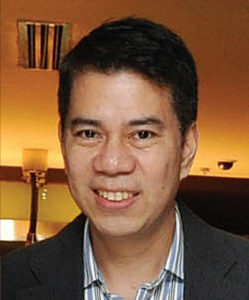
BENITO BENGZON JR
What he’s done
After taking primary lead on tourism marketing efforts at the Department of Tourism, Bengzon geared the department’s focus on growing new country markets as head of the Market Development Group (MDG), which initially targeted three key segments: English as a second language, diving and medical tourism.
Why he’s worth watching
Tourism undersecretary and MICE marketing guru Daniel Corpuz has resigned, which places Bengzon next in line.
Meanwhile, Bengzon has expanded marketing emphasis particularly on cruise destinations like Puerto Princesa, Pangasinan and Ilocos. It is also expected that MDG’s efforts will pay off for more long-stay, luxury markets such as Eastern Europe, Spain, France, the UAE and Russia.
By Marianne Carandang

CC ZHUANG, CEO and co-founder Qunar
What he’s done
Heading one of China’s most influential travel companies, Zhuang has transformed the once meta-search engine into an ecosystem that encompasses OTA, yield management and more. In 2011, Qunar had 200 employees, but today, the number has swelled to 8,000.
Applying his engineering background to the travel industry, Zhuang is a firm believer in milking all possible efficiencies from the distribution business. He makes no bones about wanting suppliers to cut commissions in order to eliminate inefficient travel distribution players.
Why he’s worth watching
Expect Qunar to become China’s market leader not just for flights but hotels. While it became profitable in 2011, the company has deliberately gone into loss-making mode over the last year or so as it expands in areas such as hotel sales and revenue management for airlines.
While the company claims to have 25 per cent of the domestic air market, it is behind when it comes to hotels – around five per cent. To address that, Zhuang hired nearly 3,000 salespersons this year to sign on more hotels.
By Gracia Chiang
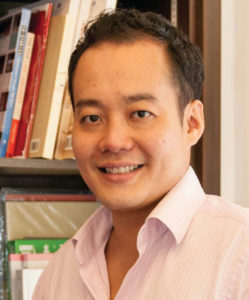
CLEMENT WONG,Founder & CEO, BeMyGuest
What he’s done
Wong founded BeMyGuest in 2012, and has since not taken a step out of place. It secured S$500,000 (US$385,356) in angel funding last year and purchased Indiescapes early in 2014, before bagging a further S$1 million in funding when it won Channel NewsAsia’s Start-up Asia Competition.
Now offering over 5,000 live products, BeMyGuest has been hailed as the world’s largest online booking platform for tours and activities in Asia. The company has released the world’s first tours and activities mobile application for suppliers beginning with Android, with the iOS version to be released by end-2014.
Why he’s worth watching
Wong has proven to be an astute businessman, and is keen to empower his suppliers and travel agency partners to make dealing online a painless process. At the same time, demand for experiential travel is skyrocketing and the need for unique itineraries has never been more pressing. TTG Asia wants to see what BeMyGuest will find in Naypyidaw in time for ASEAN Tourism Forum next year.
By Hannah Koh
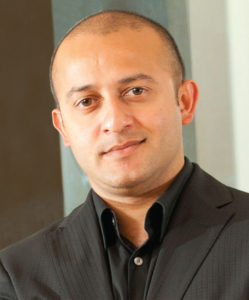
FAISAL MEMON, Founder & CEO, Illusions Online
What he’s done
Warm, effusive and a visionary in his own right, Memon wants to eradicate unnecessary complication in the travel industry through a unified technology.
Driven by a twin engine consisting of a system to streamline agency work processes and a global distribution platform, Memon is leading the charge into the Asia-Pacific region. Illusions has launched Bangkok and Sydney offices, and is planning to build a team in the Philippines to handle data.
Why he’s worth watching
Key to his ambitions is the cross-selling platform iWTX that gathers inventory from DMC/tour operator users of the Illusions online system and distributes internationally, giving users more visibility. Will he turn iWTX into the Alibaba or Amazon of the travel industry? Watch this space.
By Hannah Koh
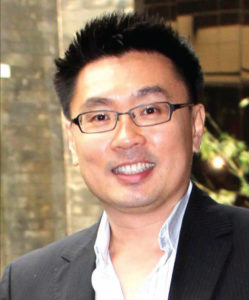
Tururochas Fuad, Co-founder, Travelmob
What he’s done
Despite his age (40), Fuad was not afraid to take a large gamble by creating a vacation rental site for Asians at a time when no other Asian companies had ventured into this space. In 2012, he left his stable job as Skype’s Asia-Pacific managing director for an unknown start-up life, convincing his pregnant wife that this was what he wanted to do.
Having raised seed funding to the tune of US$1 million within a few months, the money was used to grow the team, expedite platform development and roll out to key markets across Asia-Pacific.
Why he’s worth watching
In October, Travelmob introduced a concierge service to help travellers find ideal villas in Bali. I foresee more of such marriages between online and offline offerings, allowing the company to cater to varied travel behaviour across Asia.
There will also likely be more development on apps, considering that almost half of their users access the site through mobile devices.
By S Puvaneswary
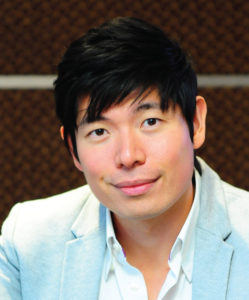
Anthony Tan, Co-founder, MyTeksi
What he’s done
Tan had an unselfish vision to make taxis in Kuala Lumpur safer for women and, at the same time, help taxi drivers earn extra income. Thus, a simple idea of revamping the taxi business was devised using smartphone technology. Once a booking is confirmed, the passenger get the taxi driver’s name and contact details on their phone. Personally, I have benefited from Tan’s innovation, as it is now easier to get a taxi during peak hours and in remote parts of the Klang Valley, away from the main roads.
Why he’s worth watching
MyTeksi is expanding fast. Outside of Malaysia, it is known as GrabTaxi and is in five other countries, namely Singapore, the Philippines, Thailand, Vietnam and Indonesia.
One can expect more innovations beyond just ordinary transportation services. For example, the company has been dabbling with the idea of delivering goods to people, such as food delivery to office workers, a modern version of India’s dabbawallas.
By S Puvaneswary
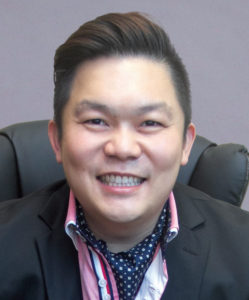
Cliffor NEO, Managing director, Dynasty Travel
What he’s done
When he first joined his father’s business in 2004, many wondered if a young entrepreneur without any travel-related experience could survive in a very competitive industry, but Neo has proved his doubters wrong.
Over the last decade, he has led many technology-driven initiatives, becoming the first travel agency in Singapore to launch its own iPhone app in 2012. Dynasty Travel was also the winner of TTG Asia’s inaugural Innovator Award this year in recognition of its efforts to enhance staff mobility and efficiency.
Why he’s worth watching
Among Neo’s latest initiatives are iPad minis to improve productivity and increase marketing reach. Employees are now able to make live bookings for customers buying its packaged tours and promotional offers. His company has also set up an IT arm to develop its own software, and looks set to roll out new innovative products to take the industry by storm.
By Paige Lee Pei Qi

Shafraz Fazley, Founder & managing director, Viluxur
What he’s done
It was sheer hard work and determination that led a 30-year-old Fazley to start his own travel company in 2010. A Sri Lankan national, he worked for a few years in the Maldives before launching Viluxur, eventually commanding a 20-30 per cent stake of the Chinese market to the Maldives. A few years later, he opened Viluxur’s Colombo office, and helped Sri Lanka grow its number of Chinese arrivals.
Within four years, Fazley has managed to position Viluxur as a luxury brand. From just 10 employees, Viluxur now has over 100 employees in four different offices around the world.
Why he’s worth watching
A GSA for many resorts in the Maldives and Sri Lanka, Fazley plans to launch one new destination a year with Mauritius, Seychelles and Bali being next on the radar. Through its Singapore-based holding company, Viluxur also hopes to create new travel brands to cater to niche markets.
What intrigues me most is that this young man is firm on timelines to reach goals like the five-year deadline (from 2014) he has set to turn the DMC into Asia’s leading luxury travel consultancy.
By Feizal Samath
This article was first published in TTG Asia, December 12, 2014 issue, on page 24. To read more, please view our digital edition or click here to subscribe.


